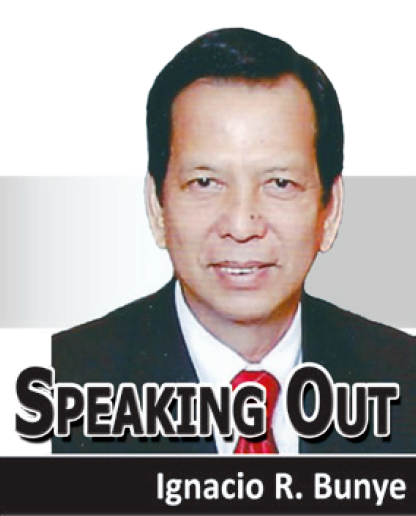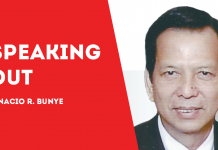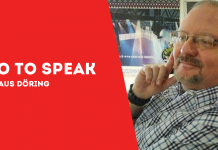 SEVENTY-FOUR years ago to the day (Feb. 11), the battle to re-take Manila from Japanese hands (Feb. 3 to Feb. 29, 1945) was raging.
SEVENTY-FOUR years ago to the day (Feb. 11), the battle to re-take Manila from Japanese hands (Feb. 3 to Feb. 29, 1945) was raging.
On the eighth day, “a squad of Japanese soldiers entered the Red Cross Building and proceeded to shoot and bayonet everyone in the building, including staff doctors, patients and young babies, nurses and refugees. Nurses pleaded for the lives of the mothers with new-born infants, but all were bayonetted or shot. Then the attackers ransacked the building for food and supplies.”
That was the testimony of Modesto Farolan, at that time the acting manager of the Red Cross.
Farolan survived the incident and later testified before the War Crimes Commission which was convened by General Douglas McArthur as soon as Japan surrendered.
This and other similar massacres, committed within a two-week period in February 1945, resulted in the death of 100,000 civilians – roughly one out of every four residents of Manila at that time.
According to historians, the “Rape of Manila” was surpassed only by the “Rape of Nanking” which resulted in the death of around 300,000 Chinese civilians during the Sino-Japanese War.
Among the victims of the Manila massacres were the immediate family of the late President Elpidio Quirino, who lost his wife and three children.
On Dec. 7, 1945, the fourth anniversary of the bombing of Pearl Harbor, the War Crimes Commission handed down its verdict after 3 months of almost daily hearings.
General Yamashita and some of his top aides were found guilty and later executed.
Admiral Sanji Iwabuchi who was directly responsible for the Rape of Manila did not undergo trial. He committed ritual suicide together with his staff when Intramuros fell.
General Homma – held responsible for the atrocities during the Bataan Death March – was extradited from Japan, was sentenced and likewise executed.
More than a hundred junior officers were imprisoned in the New Bilibid Prison; 18 were hanged.
But in an amazing turn of events, the rest were subsequently pardoned by President Elpidio Quirino.
Filipinos who were crying for more blood were outraged by Quirino’s pardon of the Japanese.
But Quirino explained:
“I should be the last one to pardon them as the Japanese killed my wife and three children, and
five other members of my family. I am doing this because I do not want my children and my
people to inherit from me the hate for people who might yet be our friends, for the permanent
interest of our country.”
Seventy-four years after the “Rape of Manila”, the memories of Japanese atrocities have all but faded in the Filipino consciousness.
Survivors have grown fewer as the years passed.
The post-Liberation generations, on the other hand, have only a vague inkling of the extent of the Japanese atrocities during the war.
In my case, I was born in Tuberias, Quiapo (the “relatively safer side” of Manila) more than a month after the fighting ceased.
As a post-Liberation baby, my very first encounter with a Japanese occurred when I was
already threeyears old.
He was a kind Japanese Shinto priest who came to our home after visiting Japanese war criminals confined in Bilibid. At that time, my father, Dr. Alfredo M. Bunye, was the jailer of the Japanese.
In Bilibid, much to surprise of the Japanese prisoners, they were treated humanely by my father whose own father Ignacio (my namesake) was executed by the Japanese in Feb. 3, 1945.
The slowly diminishing number of survivors may have forgiven. But they have not forgotten.
In 2015, Lourdes R. Montinola, a survivor, relived her own experience during a lecture held at the Ortigas Library. Earlier, she wrote her book entitled “Breaking The Silence”.
In 1995, on the 50th anniversary of the Rape of Manila, survivors led by former Ambassadors Juan Jose Roche and Miguel Perez-Rubio erected a simple memorial – Memorare Manila 1945 – which has since stood in the heart of Intramuros.
The memorial depicts a mother, cradling her dead child, surrounded by six other anguished survivors of the atrocities.
***
Note: The foregoing is excerpted from my E-Book: “From Leyte to Bessang Pass”. If you are interested to have a copy, you may email me at totingbunye2000@gmail.com so I can provide you the link./PN


